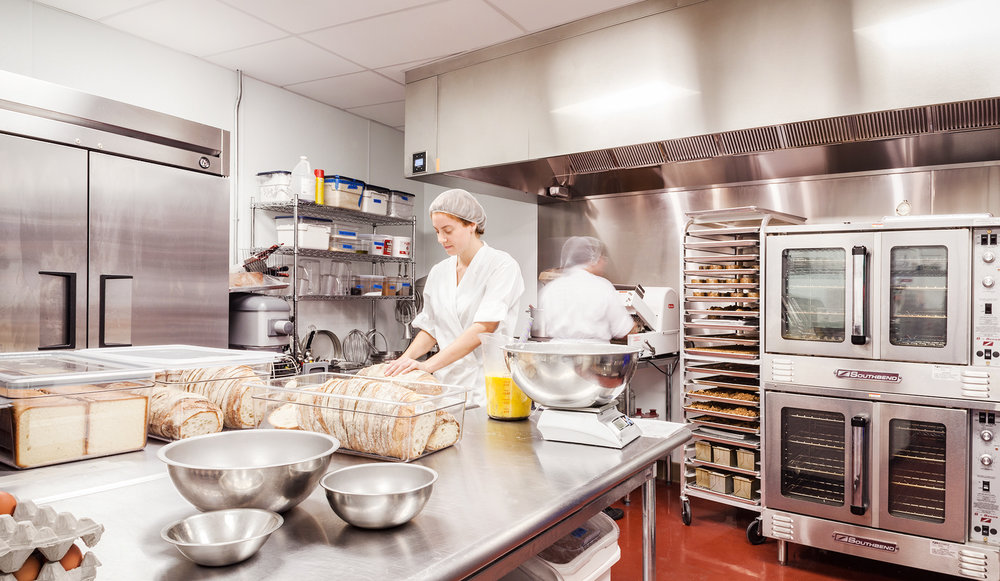Building a deck is an exciting project that can add value and enjoyment to your home. In this guide, we will walk you through the deck installation process, step by step, so you know exactly what to expect.
1. Planning and Design
The first step in the deck installation process is planning and design. This is the stage where you will determine the size, shape, and layout of your deck, as well as any additional features you may want to include, such as built-in seating or a pergola. You can also pop over to this site if you want to know what to expect during the deck installation process.

2. Obtaining Permits
Once you have finalized your deck design, you will need to obtain the necessary permits from your local building department. Building permits are required to ensure that your deck meets all safety and building code requirements.
3. Material Selection
After obtaining the necessary permits, it's time to select the materials for your deck. There are several options available, including wood, composite, and PVC decking.
Conclusion
Building a deck is a significant investment, both in terms of time and money. By understanding the deck installation process and what to expect at each stage, you can ensure a smooth and successful project. From planning and design to material selection, site preparation, and construction, each step is important and contributes to the final result. By following best practices and consulting with professionals when needed, you can create a beautiful and functional outdoor space that you and your family will enjoy for years to come.

